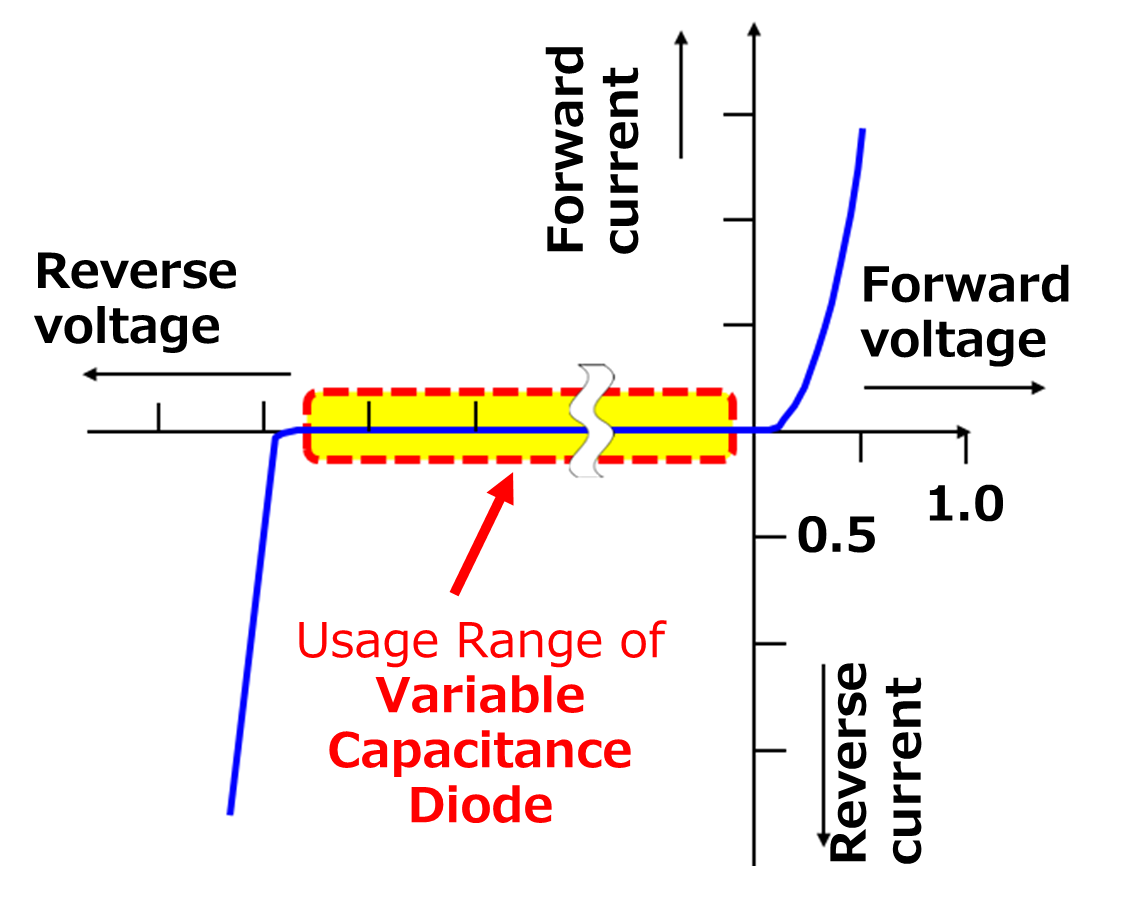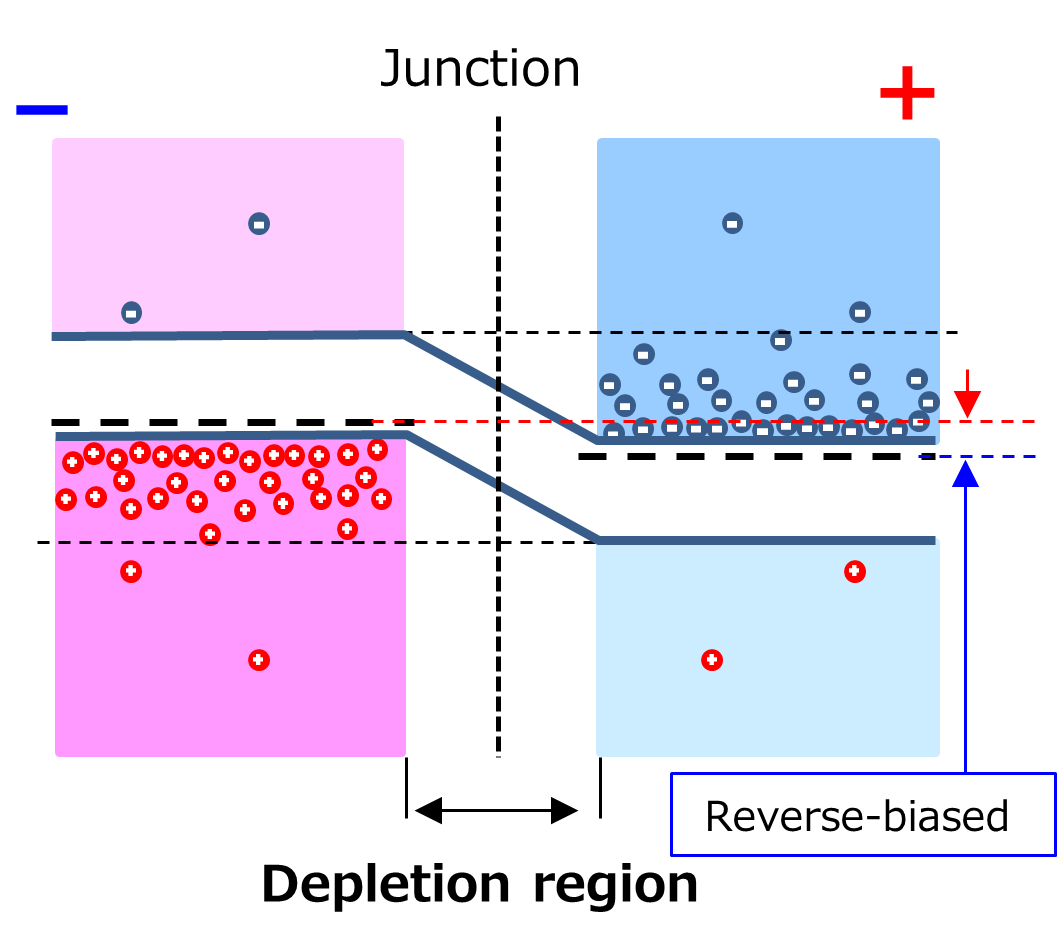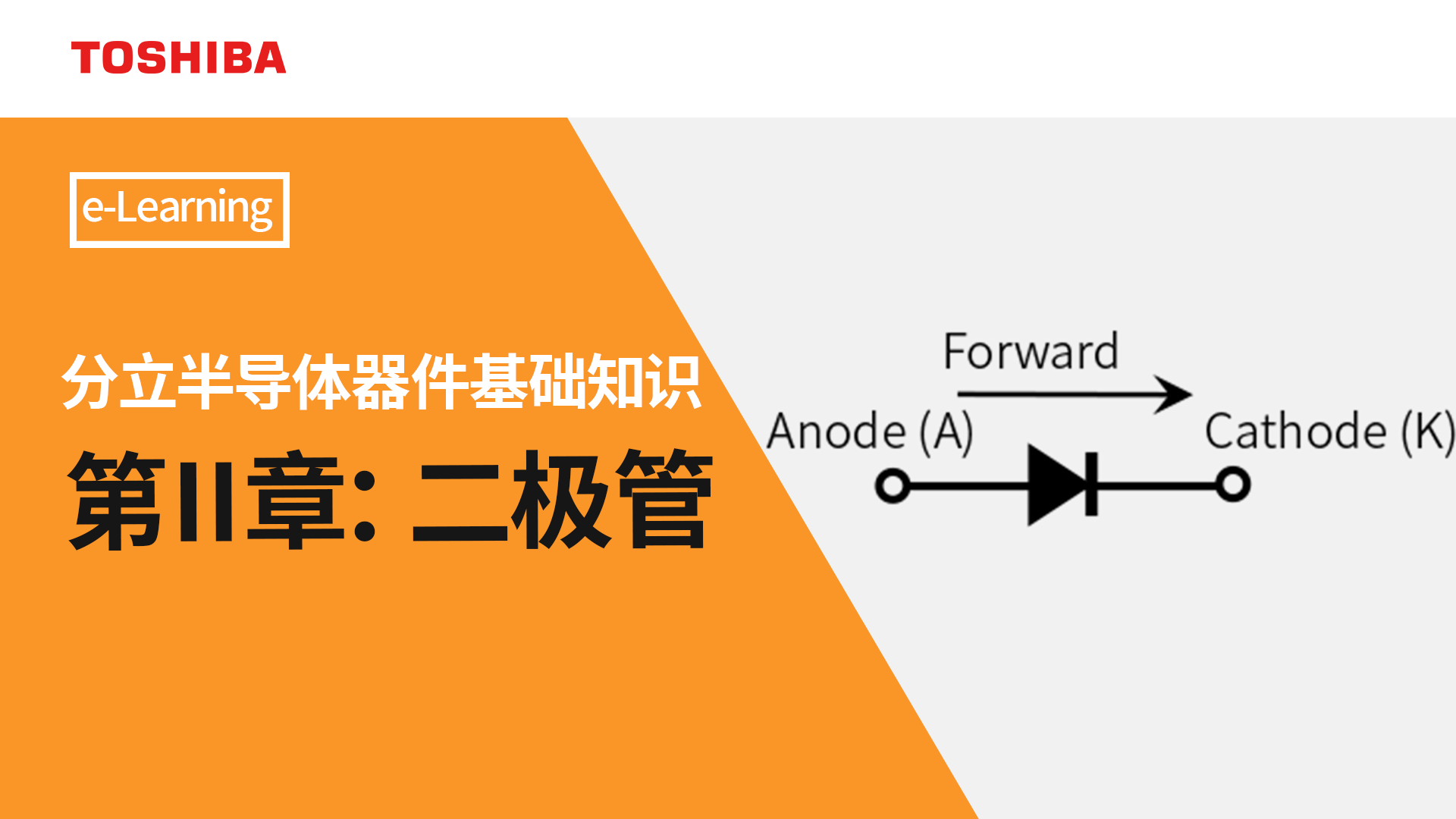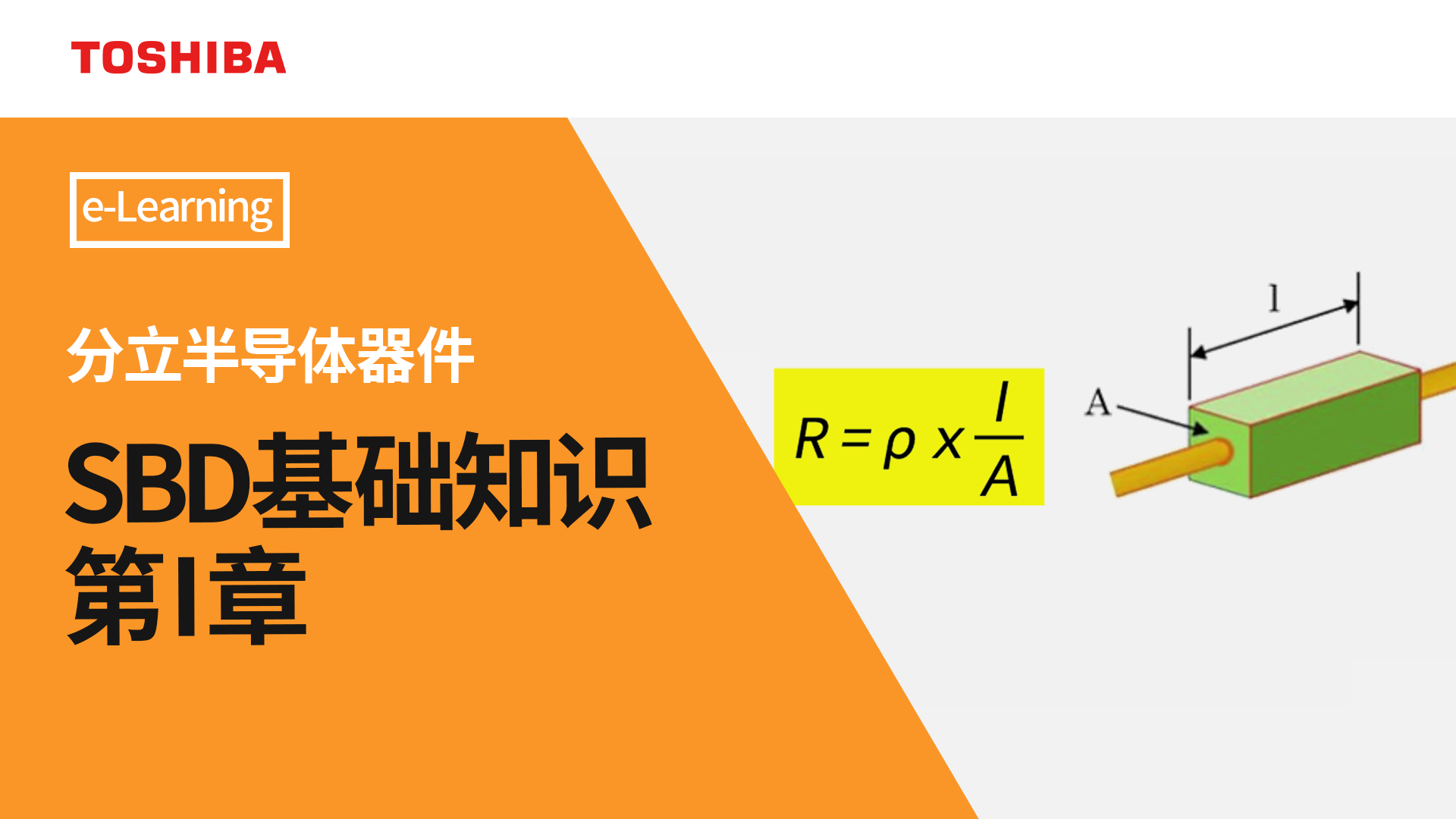- 型号 & 关键词搜索
- 交叉搜索
- 参数搜索
- 库存查询与购买
This webpage doesn't work with Internet Explorer. Please use the latest version of Google Chrome, Microsoft Edge, Mozilla Firefox or Safari.
请输入3个以上字符 Search for multiple part numbers fromhere.
The information presented in this cross reference is based on TOSHIBA's selection criteria and should be treated as a suggestion only. Please carefully review the latest versions of all relevant information on the TOSHIBA products, including without limitation data sheets and validate all operating parameters of the TOSHIBA products to ensure that the suggested TOSHIBA products are truly compatible with your design and application.Please note that this cross reference is based on TOSHIBA's estimate of compatibility with other manufacturers' products, based on other manufacturers' published data, at the time the data was collected.TOSHIBA is not responsible for any incorrect or incomplete information. Information is subject to change at any time without notice.
请输入3个以上字符
什么是可变电容二极管(变容二极管)?
变容二极管是利用向PN结施加反向电压时产生的耗尽层电容特性的一种产品。耗尽层用作电极之间的间隙。随着耗尽层根据施加的电压发生变化,容量相应变化。
可变电容二极管是一种pn结二极管。与典型的pn结二极管不同,可变电容二极管用于pn结反向偏置但未进入击穿状态的区域。

对于pn结二极管,在pn结周围形成耗尽区,如以下能带图所示(图2)。在pn结二极管中,在pn结周围形成耗尽区,如以下能带图(图2)所示。由于移动载流子的耗尽,耗尽区具有像绝缘体一样的高电阻。在这种状态下,耗尽区的特性就像一个电容器。耗尽区与反向电压成比例地变宽。
可变电容二极管专门利用耗尽区的这种与电压相关的电容。
可用以下方程式表示电容:
C=K x ( VR + Φ )-n
K:取决于掺杂剂浓度、结面积等因素的器件特定常数。
Φ:扩散电位
有几种类型的pn结,包括线性渐变结、突变结和超突变结。上式中的变量n取决于结的类型。对于线性渐变结、突变结和超突变结,n分别为1/3、1/2或1或更大。电容的变化率随着n值的增加而增加。典型的pn结二极管(例如,开关二极管)具有倾斜结,而可变电容二极管具有突变结或超突变结。


相关链接
关于产品,请采纳靠以下链接。





